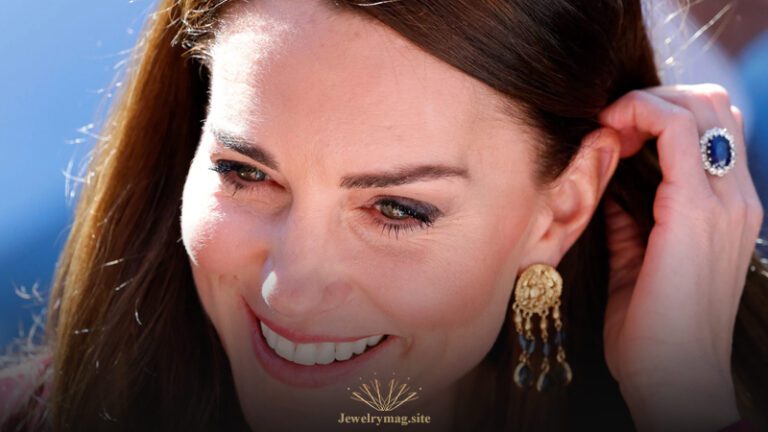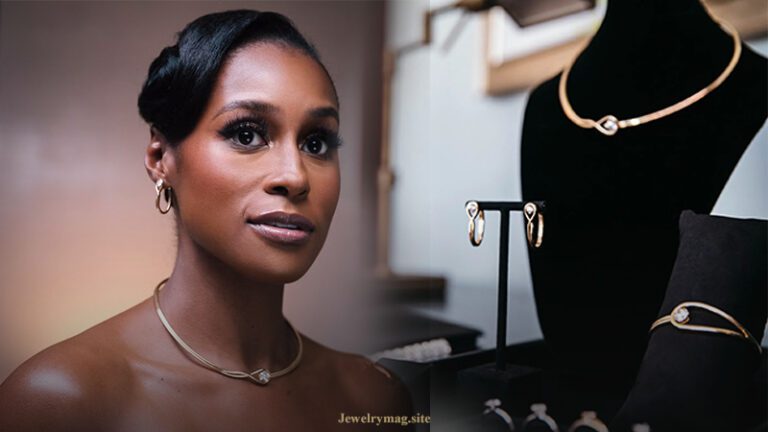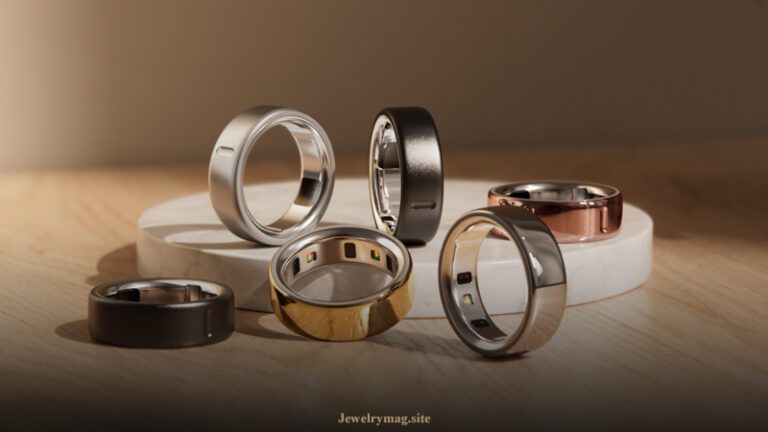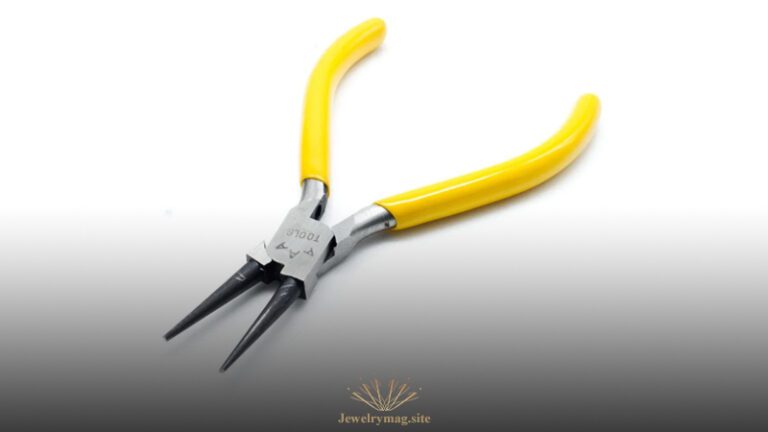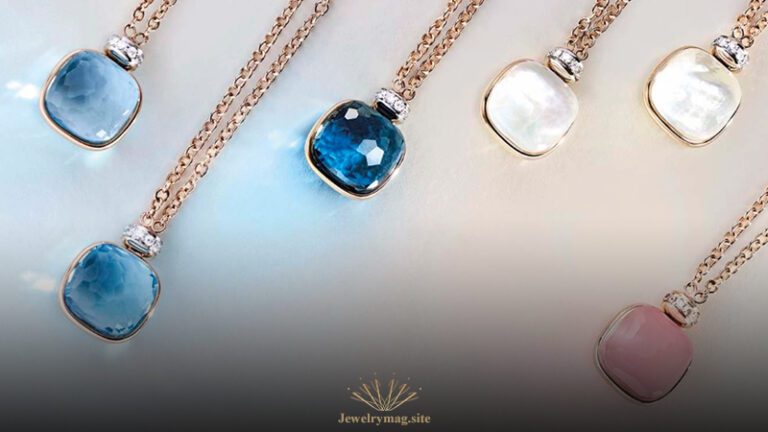Selling jewelry, whether it’s handcrafted pieces, vintage finds, or high-end designer items, requires a mix of business acumen, market understanding, and effective sales strategies. This guide aims to provide you with all the information you need to successfully sell jewelry, covering everything from understanding your product to marketing and customer service.
1. Understanding Your Jewelry
Before you start to sell jewelry, it’s crucial to understand the type of jewelry you have. This knowledge will help you determine the best sales strategies, target audience, and pricing.
Types of Jewelry
- Handcrafted Jewelry: Unique pieces made by artisans.
- Fashion Jewelry: Trendy and affordable items.
- Fine Jewelry: High-quality pieces made from precious metals and gemstones.
- Vintage and Antique Jewelry: Older pieces that often have historical significance.
- Designer Jewelry: High-end pieces created by well-known designers.
Assessing Value
- Material Quality: Gold, silver, platinum, and gemstones.
- Craftsmanship: The skill involved in creating the piece.
- Brand: Well-known brands can command higher prices.
- Age and Rarity: Older or rare pieces often have higher value.
2. Setting Up Your Business to Sell Jewelry
Business Structure
Choose the right business structure (sole proprietorship, LLC, corporation) based on your business size and goals. Consult with a legal advisor to understand the implications of each structure.
Licenses and Permits
Ensure you have all necessary licenses and permits to operate legally in your area. This may include a business license, sales tax permit, and potentially a special license to sell jewelry.
Insurance
Jewelry is valuable and can be prone to theft or damage. Consider getting business insurance that covers your inventory.
3. Creating an Online Presence to Sell Jewelry
In today’s digital age, having an online presence is crucial for reaching a broader audience.
Website Development
- User-Friendly Design: Easy navigation and mobile-friendly design.
- High-Quality Images: Clear, detailed photos that show different angles.
- Detailed Descriptions: Include information about materials, dimensions, and care instructions.
SEO Strategies
- Keyword Research: Identify relevant keywords like “buy handcrafted jewelry,” “affordable fashion jewelry,” and “vintage rings for sale.”
- Content Creation: Write blogs and articles related to jewelry, care tips, fashion trends, and more to attract visitors.
- Meta Tags and Descriptions: Optimize your website’s meta tags and descriptions with relevant keywords.
Social Media Marketing
- Platforms: Use Instagram, Pinterest, Facebook, and other platforms popular with your target audience.
- Content: Post regularly, using a mix of product photos, behind-the-scenes content, customer testimonials, and jewelry care tips.
- Engagement: Respond to comments and messages promptly to build a loyal customer base.
4. Pricing Your Jewelry to Sell Jewelry
Setting the right price is crucial to attract customers while ensuring a profit.
Cost-Based Pricing
Calculate the cost of materials, labor, overhead, and desired profit margin.
Market-Based Pricing
Research competitors and determine where your jewelry fits in the market. Consider offering introductory prices or discounts to attract initial customers.
Value-Based Pricing
For unique or high-end pieces, price based on the perceived value to the customer. Highlight the uniqueness, craftsmanship, and story behind the piece.
5. Selecting Platforms to Sell Jewelry
Online Marketplaces
- Etsy: Ideal for handcrafted and vintage items.
- eBay: Good for a wide range of jewelry, including high-end pieces.
- Amazon: Suitable for fashion and fine jewelry with broad reach.
Your Own Website
Having your own e-commerce site gives you complete control over branding and customer experience.
Social Media
Use features like Instagram Shop and Facebook Marketplace to sell directly through social media platforms.
Physical Stores
- Consignment: Partner with local boutiques or jewelry stores.
- Craft Fairs and Markets: Great for selling handcrafted items and building a local customer base.
- Pop-Up Shops: Temporary retail spaces in high-traffic areas.
6. Marketing and Promotion to Sell Jewelry
Email Marketing
Build an email list and send regular newsletters with promotions, new arrivals, and jewelry care tips.
Influencer Collaborations
Partner with influencers who can showcase your jewelry to their followers.
Paid Advertising
Use Google Ads, Facebook Ads, and Instagram Ads to reach a targeted audience.
SEO and Content Marketing
Continuously optimize your website for search engines and publish valuable content to drive organic traffic.
7. Customer Service
Clear Policies
Have clear return, exchange, and warranty policies to build trust with customers.
Communication
Be responsive to customer inquiries and provide detailed information about your products.
After-Sales Service
Offer services like resizing, cleaning, and repair to maintain a relationship with customers.
8. Building a Brand to Sell Jewelry
Brand Identity
Develop a strong brand identity with a unique logo, consistent color scheme, and a compelling brand story.
Customer Experience
Provide a seamless shopping experience from browsing to checkout. Personal touches, like handwritten thank-you notes, can make a big difference.
Community Engagement
Engage with your community through social media, local events, and customer appreciation events.
9. Legal Considerations to Sell Jewelry
Intellectual Property
Protect your designs with trademarks and patents if applicable.
Compliance
Ensure you comply with laws regarding the sale of precious metals and gemstones.
10. Scaling Your Business to Sell Jewelry
Analyzing Performance
Regularly review your sales data to understand what’s working and what needs improvement.
Expanding Product Line
Consider adding new products based on customer feedback and market trends.
Partnerships
Form partnerships with other businesses, such as clothing boutiques or wedding planners, to expand your reach.
11. Leveraging Technology to Sell Jewelry
Incorporating the right technology into your jewelry business can streamline operations, enhance customer experience, and boost sales.
Inventory Management Software
Use inventory management software to keep track of stock levels, manage orders, and analyze sales trends. This helps prevent overstocking or running out of popular items.
Customer Relationship Management (CRM) Tools
CRM tools help you manage customer interactions, track purchase history, and personalize marketing efforts. This ensures better customer service and targeted marketing campaigns.
Augmented Reality (AR)
Integrate AR technology into your online store to allow customers to virtually try on jewelry. This can significantly enhance the shopping experience and reduce return rates.
E-commerce Platforms
Use reliable e-commerce platforms like Shopify, WooCommerce, or BigCommerce, which offer various features and plugins tailored for jewelry businesses, including secure payment gateways and SEO tools.
12. Sustainable and Ethical Practices
Today’s consumers are increasingly concerned about sustainability and ethical sourcing. Incorporating these practices can attract a conscientious customer base and enhance your brand reputation.
Ethical Sourcing
Ensure that the materials you use, such as gemstones and metals, are sourced ethically. This includes conflict-free diamonds and fair-trade gold.
Eco-Friendly Packaging
Use eco-friendly packaging materials to reduce your environmental impact. Recyclable or biodegradable packaging not only appeals to eco-conscious customers but also sets you apart from competitors.
Transparency
Be transparent about your sourcing and manufacturing processes. Share this information on your website and through your marketing channels to build trust with customers.
13. Customer Loyalty Programs
Building a loyal customer base is essential for long-term success. Implementing customer loyalty programs can encourage repeat business and increase customer retention.
Reward Points
Offer reward points for purchases that customers can redeem for discounts or free items.
Exclusive Access
Provide loyal customers with early access to new collections, special discounts, or invitations to exclusive events.
Referral Programs
Encourage existing customers to refer friends and family by offering rewards for successful referrals.
14. Handling Challenges
Running a jewelry business comes with its own set of challenges. Being prepared to handle these challenges can make a significant difference in your business’s success.
Competition
The jewelry market is highly competitive. Differentiate your brand by offering unique designs, exceptional quality, and outstanding customer service.
Economic Fluctuations
Economic downturns can affect consumer spending. Diversify your product range to include both high-end and affordable options to cater to a broader audience.
Seasonal Trends
Jewelry sales can be seasonal, with peaks around holidays and special occasions. Plan your inventory and marketing strategies around these periods to maximize sales.
15. Networking and Community Engagement to Sell Jewelry
Building relationships within the industry and your community can open up new opportunities for growth and collaboration.
Industry Events
Attend trade shows, jewelry fairs, and networking events to stay updated on industry trends, meet potential partners, and learn from other professionals.
Local Community
Engage with your local community by participating in local events, sponsoring community activities, or collaborating with other local businesses.
Online Communities
Join online forums and groups related to jewelry making and selling. These platforms can provide valuable insights, support, and opportunities for collaboration.
16. International Expansion
If you’re considering expanding your business internationally, there are additional factors to consider.
Market Research
Conduct thorough market research to understand the demand, competition, and cultural preferences in the target market.
Legal Requirements
Ensure you comply with the legal requirements for selling jewelry in different countries, including import/export regulations, taxes, and certifications.
Shipping and Logistics
Partner with reliable international shipping and logistics companies to ensure timely and secure delivery of your products.
17. Continuous Learning and Adaptation
The jewelry industry is constantly evolving, with new trends, technologies, and consumer preferences emerging regularly. Stay ahead by continuously learning and adapting your business strategies.
Industry Trends
Stay updated on the latest jewelry trends by following industry publications, attending trade shows, and networking with other professionals.
Customer Feedback
Regularly seek feedback from your customers to understand their preferences and improve your products and services.
Professional Development
Invest in professional development through courses, workshops, and certifications in jewelry design, marketing, and business management.
18. Storytelling and Brand Connection to Sell Jewelry
Creating a strong emotional connection with your customers through storytelling can enhance brand loyalty and differentiate your business.
Brand Story
Craft a compelling brand story that highlights your journey, values, and what makes your jewelry unique. Share this story across your website, social media, and marketing materials.
Product Stories
Share the stories behind individual pieces, including the inspiration, design process, and materials used. This adds value and meaning to your jewelry.
Customer Stories
Encourage customers to share their stories and experiences with your jewelry. User-generated content, such as testimonials and photos, can build trust and authenticity.
Selling jewelry is a multifaceted endeavor that requires a blend of creativity, business acumen, and effective marketing strategies. By understanding your products, setting up a solid business foundation, leveraging technology, and continuously adapting to market trends, you can build a successful jewelry business. Focus on creating a strong brand identity, engaging with your customers, and maintaining ethical and sustainable practices to stand out in the competitive jewelry market.
Remember, the key to success in the jewelry industry lies in your passion for the craft, your dedication to quality, and your ability to connect with your customers on a personal level. With these elements in place, you can turn your jewelry business into a thriving enterprise.





